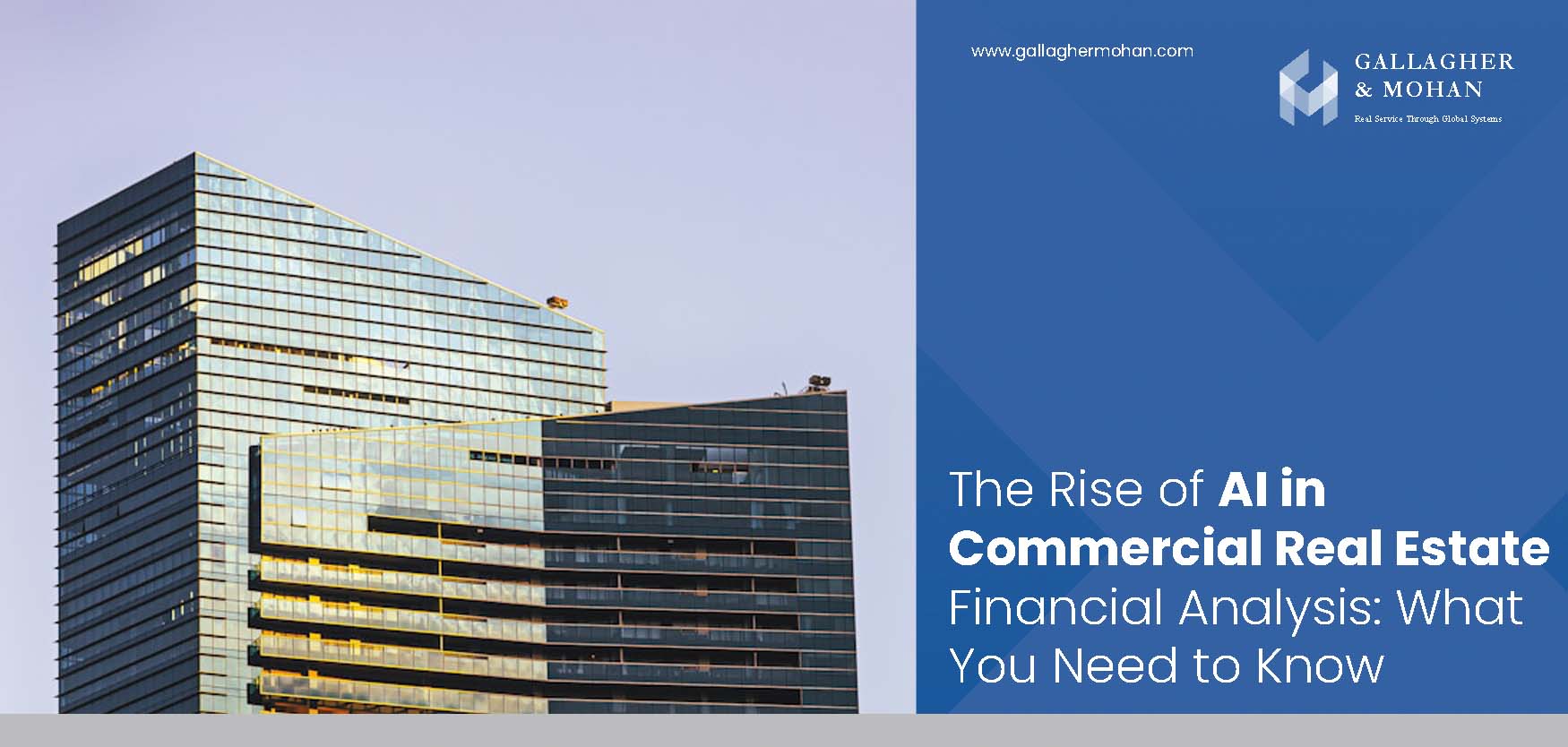03 April 2025
Why US Real Estate Firms Are Outsourcing Financial Analysis in 2025
The commercial real estate (CRE) industry in 2025 is undergoing a rapid transformation driven by economic shifts, increased deal complexity, and persistent labor shortages. As investment strategies evolve and underwriting standards tighten, firms are under mounting pressure to deliver faster, more accurate financial models—without inflating operational costs. In this environment, outsourcing real estate financial analysis has emerged as a strategic solution for many US-based CRE firms. By leveraging global talent and specialized expertise, companies are not only reducing overhead but also enhancing efficiency in CRE financial modeling. This blog explores why outsourcing is becoming the new normal and how it’s reshaping the financial landscape for real estate professionals in 2025.
The Evolution of CRE Financial Modeling
Over the past decade, CRE financial modeling has evolved from basic spreadsheets to highly sophisticated, scenario-based models that account for everything from interest rate fluctuations to lease rollovers and capital stack complexities. In 2025, investors and operators demand granular insights and lightning-fast turnaround times—especially in competitive markets like multifamily, industrial, and built-to-rent. Traditional in-house teams often struggle to keep pace, both in bandwidth and in technical skill.
To meet the growing expectations, firms need analysts proficient in advanced Excel modeling, Argus, and market benchmarking. However, sourcing and retaining this kind of talent in the US has become increasingly difficult and costly. As a result, CRE firms are exploring outsourcing real estate financial analysis to access a deep pool of experienced underwriters and financial analysts who can deliver institutional-quality outputs—on time and within budget. This shift reflects not just a cost-saving measure, but a strategic move to stay competitive in a fast-evolving marketplace.
Top Reasons Firms Are Outsourcing in 2025
The decision to outsource real estate financial analysis is no longer just about cost—it’s about gaining a competitive edge. In 2025, CRE firms are leveraging outsourcing partners to scale faster, work smarter, and focus on what really drives growth. Here’s why:
1. Access to Specialized Talent
The demand for skilled financial analysts continues to outpace supply in the US. Offshore teams bring deep expertise in CRE financial modeling, including proficiency in Argus, Excel, and complex deal structures. These professionals have worked across asset classes—from multifamily and self-storage to industrial and senior living—bringing a global perspective to deal underwriting and financial planning.
2. Scalability During Market Volatility
Real estate markets in 2025 remain dynamic, with deal flow fluctuating based on interest rates, policy changes, and regional trends. Outsourcing offers unmatched flexibility—allowing firms to scale their analyst teams up or down without the burden of hiring, training, or layoffs. This agility is critical during acquisitions, refinancing, or portfolio expansions.
3. Cost Efficiency Without Compromising Quality
While controlling costs remains a key motivation, today’s firms prioritize quality just as much. Offshore analysts often deliver work at a 50–70% cost reduction compared to in-house teams—without sacrificing accuracy or depth. This makes outsourcing real estate financial analysis a smart financial decision, especially when competing on tight margins.
4. Focus on Strategic Decision-Making
By outsourcing routine modeling and underwriting tasks, in-house teams are free to concentrate on strategic functions—like capital raising, investor relations, and market positioning. This not only improves overall productivity but also accelerates time-to-decision, which is crucial in fast-moving markets.
In short, outsourcing isn’t just about doing more for less—it’s about doing better, faster, and smarter.
Real Examples of Outsourcing in Action
A global real estate investment and development firm recently partnered with Gallagher & Mohan to overcome challenges in financial accuracy and system management. The client needed precise reconciliation across AR, AP, and General Ledger accounts, robust financial reporting, and expert handling of their Yardi system setup and maintenance.
Gallagher & Mohan deployed a specialized offshore team to streamline the client’s financial workflows. From managing intercompany transactions to optimizing journal entries and month-end closings, the team ensured the client’s financial data remained accurate and audit-ready. Additionally, G&M configured and maintained the Yardi system, implemented essential plug-ins, and created custom financial reports to support data-driven decision-making.
This partnership not only enhanced operational efficiency and reporting accuracy but also strengthened system security and compliance. The client now enjoys smoother processes and reduced manual oversight—all at a significantly lower cost compared to building the same capabilities in-house.
This case illustrates how outsourcing real estate financial analysis and financial operations can empower firms to operate with greater precision, speed, and confidence. Download Case Study
Common Misconceptions About Outsourcing
Despite its proven benefits, many US real estate firms still hesitate to outsource real estate financial analysis due to lingering myths.
One common misconception is that outsourcing leads to lower-quality work. In reality, reputable partners like Gallagher & Mohan maintain strict quality controls, ensuring outputs meet institutional standards.
Another concern is the difficulty of managing offshore teams. However, with today’s collaboration tools, dedicated points of contact, and real-time communication, offshore analysts can integrate seamlessly with in-house teams.
Finally, some firms worry about data security. But established outsourcing providers follow stringent protocols to protect sensitive financial data—often exceeding internal standards.
The truth is: in 2025, outsourcing is secure, efficient, and strategically sound.
Future Outlook: CRE Financial Analysis in a Hybrid Model
As technology and global talent continue to reshape the industry, the future of CRE financial modeling lies in a hybrid approach. Forward-looking real estate firms are blending in-house expertise with outsourced support to achieve optimal flexibility, efficiency, and scalability.
AI-driven tools will enhance speed and data visualization, but human analysts will remain essential for applying judgment, validating assumptions, and tailoring models to investor expectations. Outsourcing partners will act as strategic extensions of internal teams—not replacements.
In 2025 and beyond, the firms that thrive will be those that adopt this balanced model, using outsourcing not just to reduce costs but to build smarter, more agile financial ecosystems.
Conclusion
In 2025, outsourcing isn’t just a cost-cutting tactic—it’s a strategic move that empowers CRE firms to scale smarter, work faster, and maintain precision in an increasingly complex market. From advanced CRE financial modeling to system management and reporting, offshore partners like Gallagher & Mohan are helping real estate companies stay ahead of the curve.
Ready to elevate your financial analysis capabilities? Explore our Financial Analysis Services



